Manash Kumar Mandal
Statement networks: a power structure narrative as depicted by newspapers
Dec 10, 2018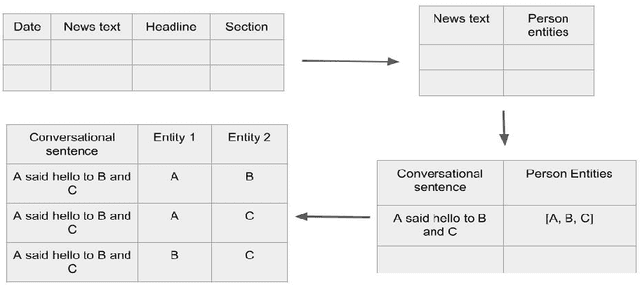
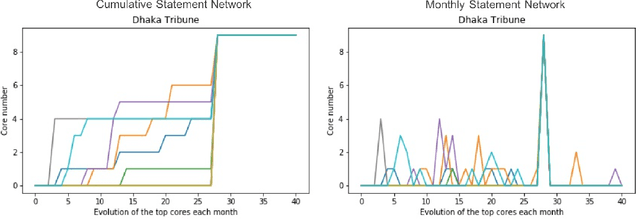
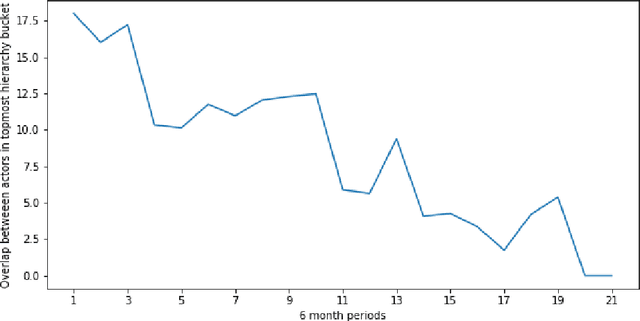
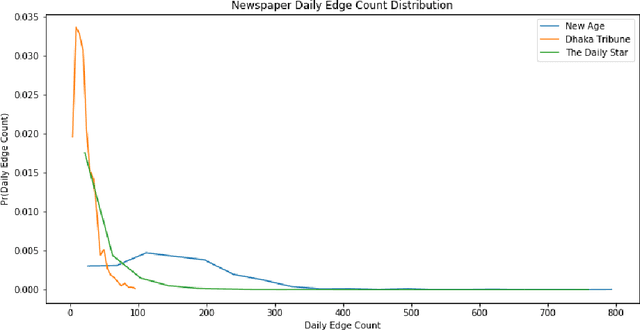
Abstract:We report a data mining pipeline and subsequent analysis to understand the core periphery power structure created in three national newspapers in Bangladesh, as depicted by statements made by people appearing in news. Statements made by one actor about another actor can be considered a form of public conversation. Named entity recognition techniques can be used to create a temporal actor network from such conversations, which shows some unique structure, and reveals much room for improvement in news reporting and also the top actors' conversation preferences. Our results indicate there is a presence of cliquishness between powerful political leaders when it comes to their appearance in news. We also show how these cohesive cores form through the news articles, and how, over a decade, news cycles change the actors belonging in these groups.
AI Learns to Recognize Bengali Handwritten Digits: Bengali.AI Computer Vision Challenge 2018
Oct 10, 2018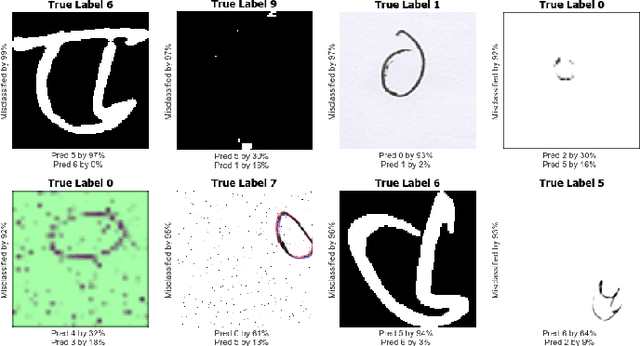
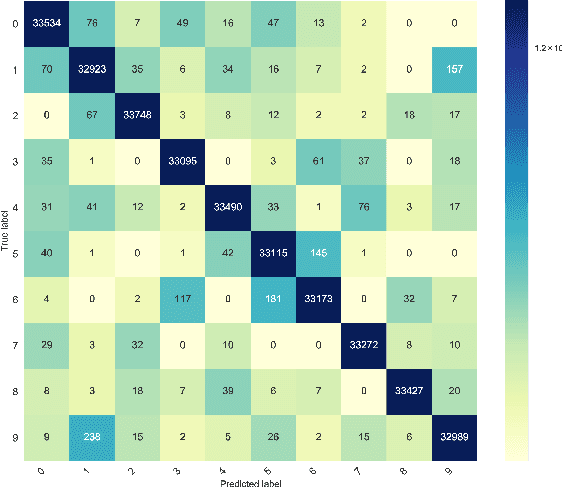
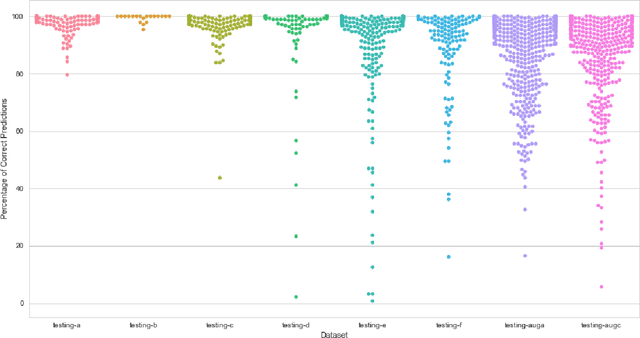
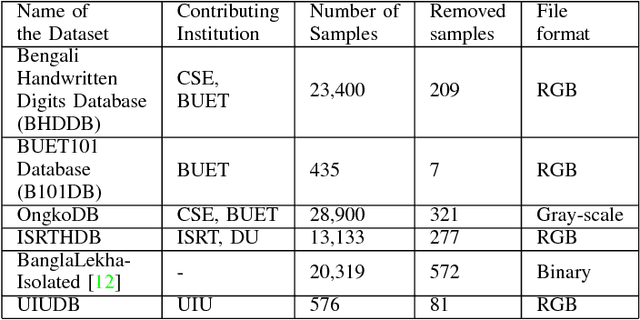
Abstract:Solving problems with Artificial intelligence in a competitive manner has long been absent in Bangladesh and Bengali-speaking community. On the other hand, there has not been a well structured database for Bengali Handwritten digits for mass public use. To bring out the best minds working in machine learning and use their expertise to create a model which can easily recognize Bengali Handwritten digits, we organized Bengali.AI Computer Vision Challenge.The challenge saw both local and international teams participating with unprecedented efforts.
A visual search engine for Bangladeshi laws
Nov 14, 2017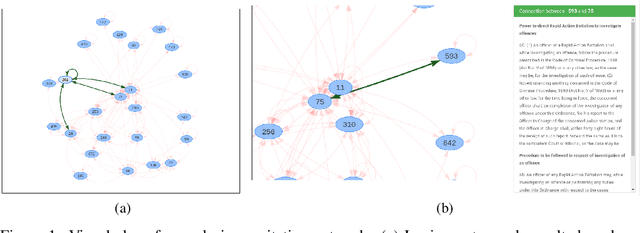
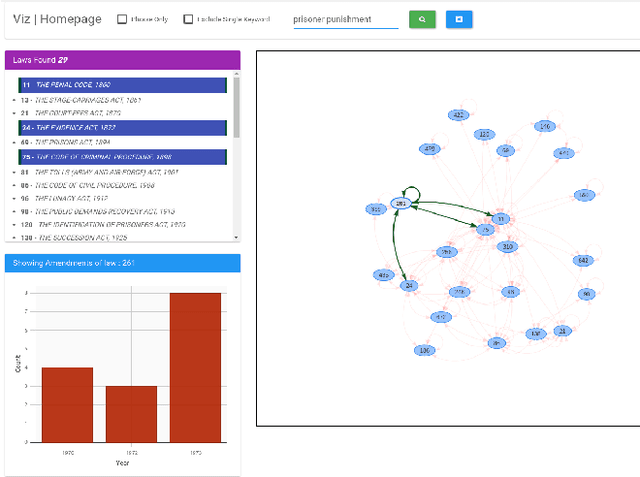
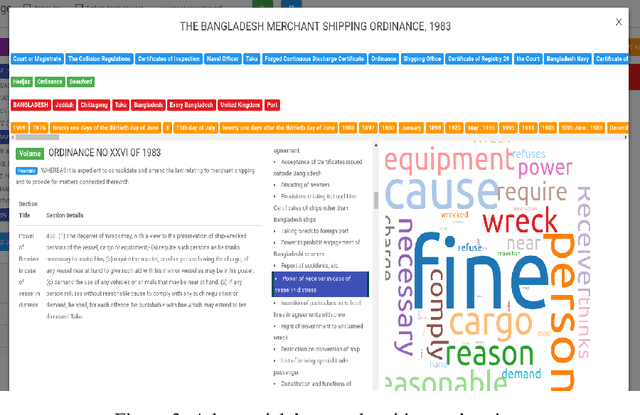
Abstract:Browsing and finding relevant information for Bangladeshi laws is a challenge faced by all law students and researchers in Bangladesh, and by citizens who want to learn about any legal procedure. Some law archives in Bangladesh are digitized, but lack proper tools to organize the data meaningfully. We present a text visualization tool that utilizes machine learning techniques to make the searching of laws quicker and easier. Using Doc2Vec to layout law article nodes, link mining techniques to visualize relevant citation networks, and named entity recognition to quickly find relevant sections in long law articles, our tool provides a faster and better search experience to the users. Qualitative feedback from law researchers, students, and government officials show promise for visually intuitive search tools in the context of governmental, legal, and constitutional data in developing countries, where digitized data does not necessarily pave the way towards an easy access to information.
Evaluating gender portrayal in Bangladeshi TV
Nov 14, 2017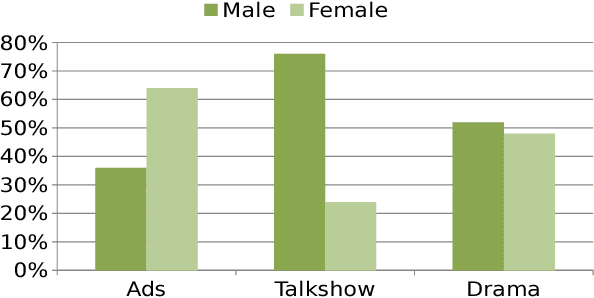
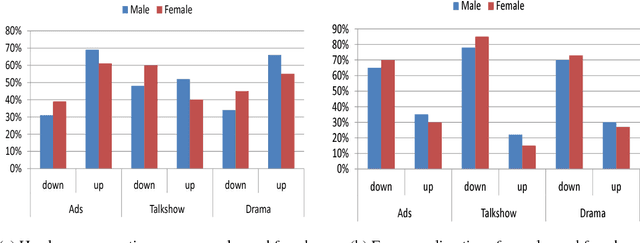
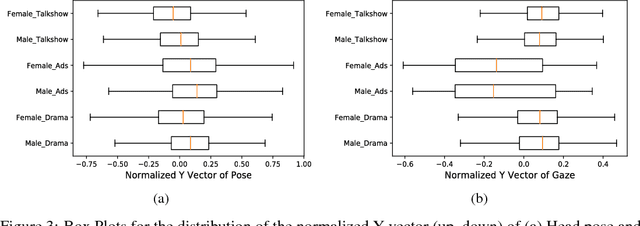
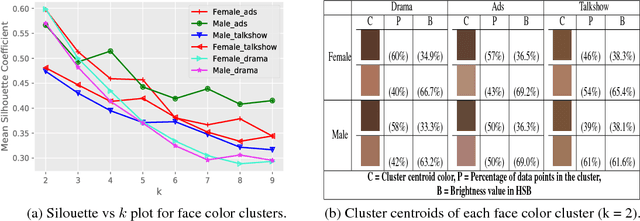
Abstract:Computer Vision and machine learning methods were previously used to reveal screen presence of genders in TV and movies. In this work, using head pose, gender detection, and skin color estimation techniques, we demonstrate that the gender disparity in TV in a South Asian country such as Bangladesh exhibits unique characteristics and is sometimes counter-intuitive to popular perception. We demonstrate a noticeable discrepancy in female screen presence in Bangladeshi TV advertisements and political talk shows. Further, contrary to popular hypotheses, we demonstrate that lighter-toned skin colors are less prevalent than darker complexions, and additionally, quantifiable body language markers do not provide conclusive insights about gender dynamics. Overall, these gender portrayal parameters reveal the different layers of onscreen gender politics and can help direct incentives to address existing disparities in a nuanced and targeted manner.
 Add to Chrome
Add to Chrome Add to Firefox
Add to Firefox Add to Edge
Add to Edge